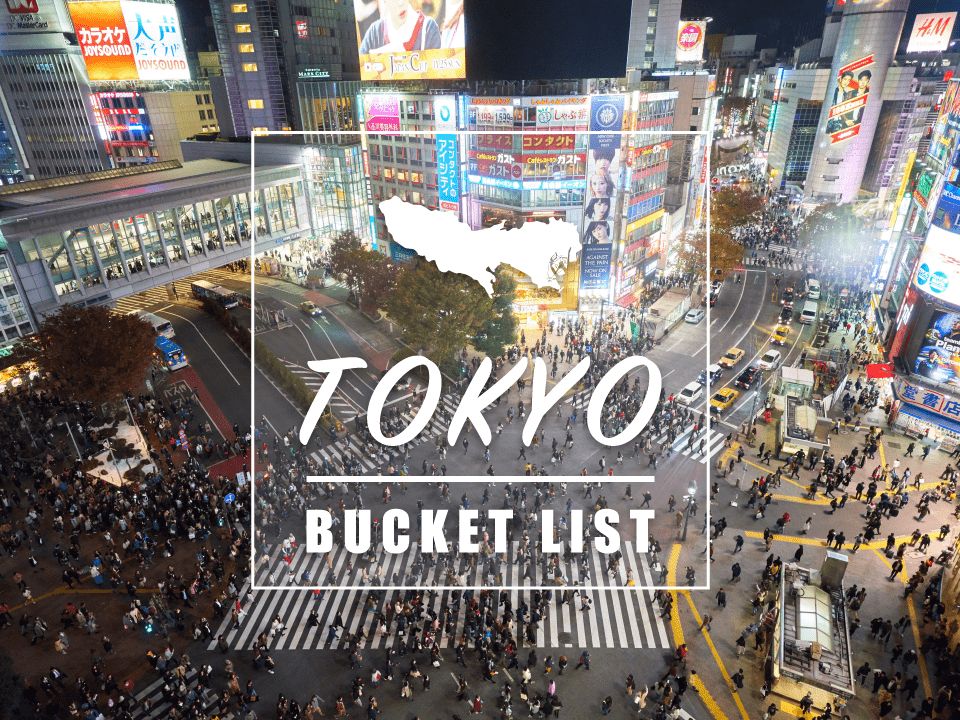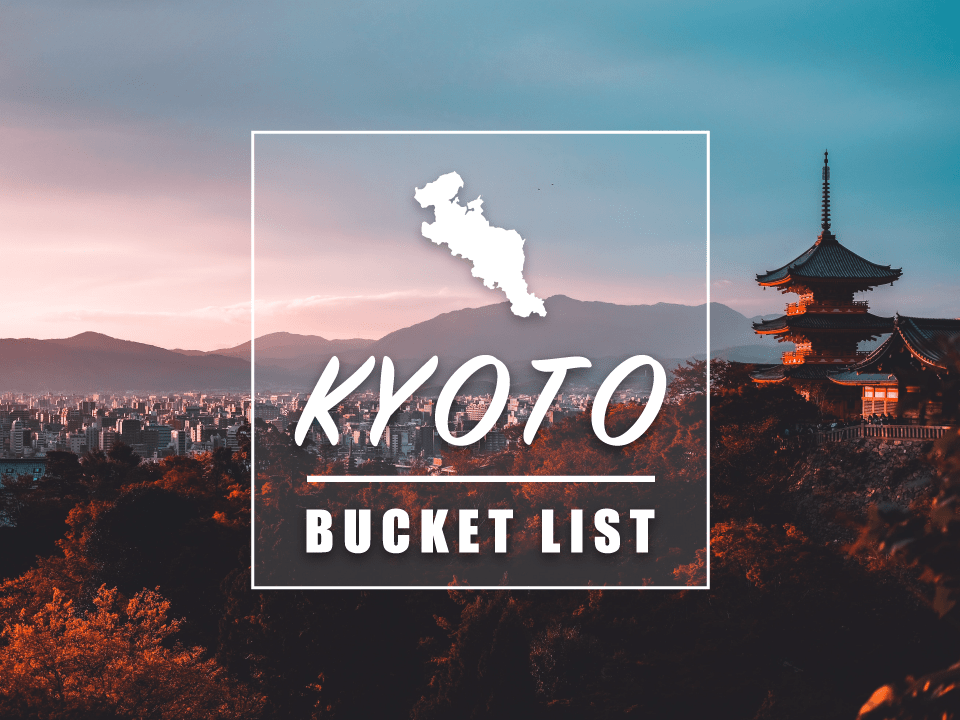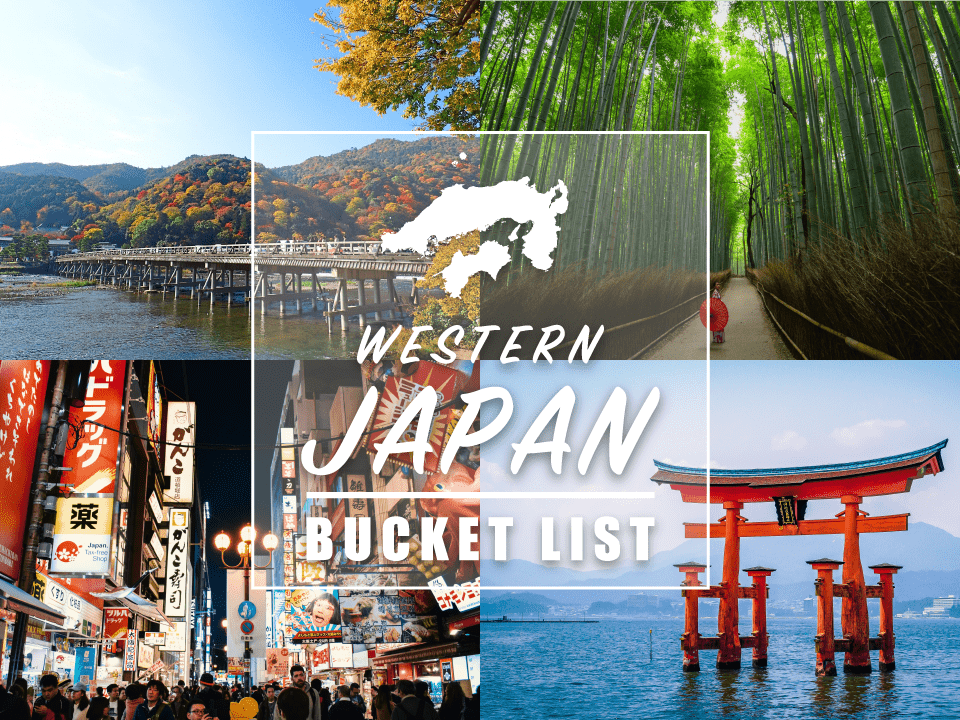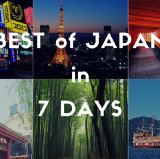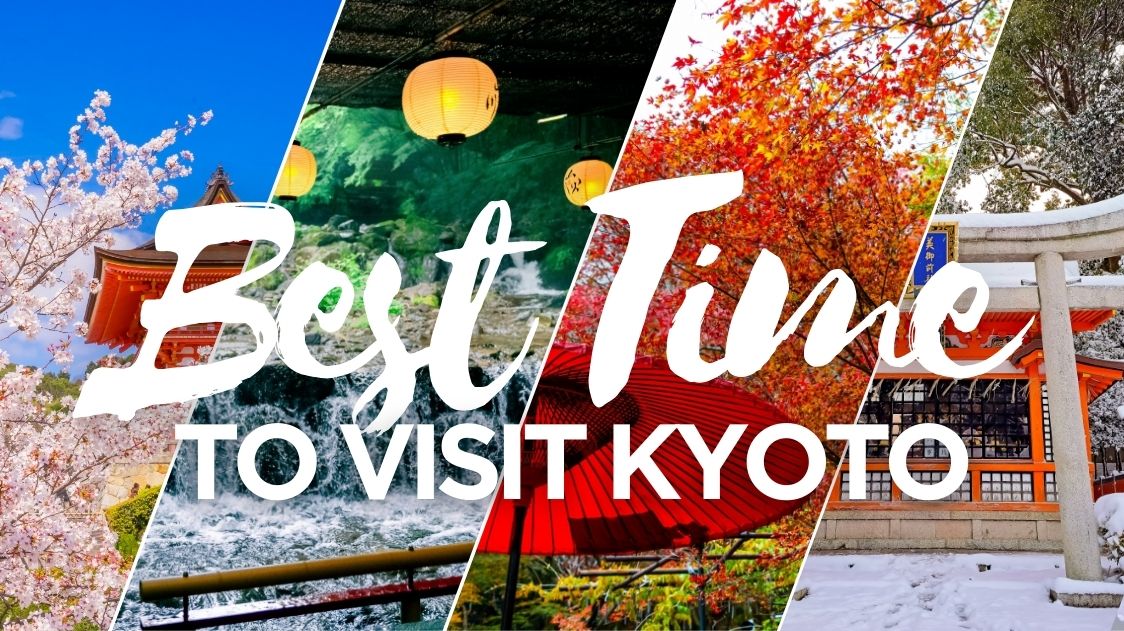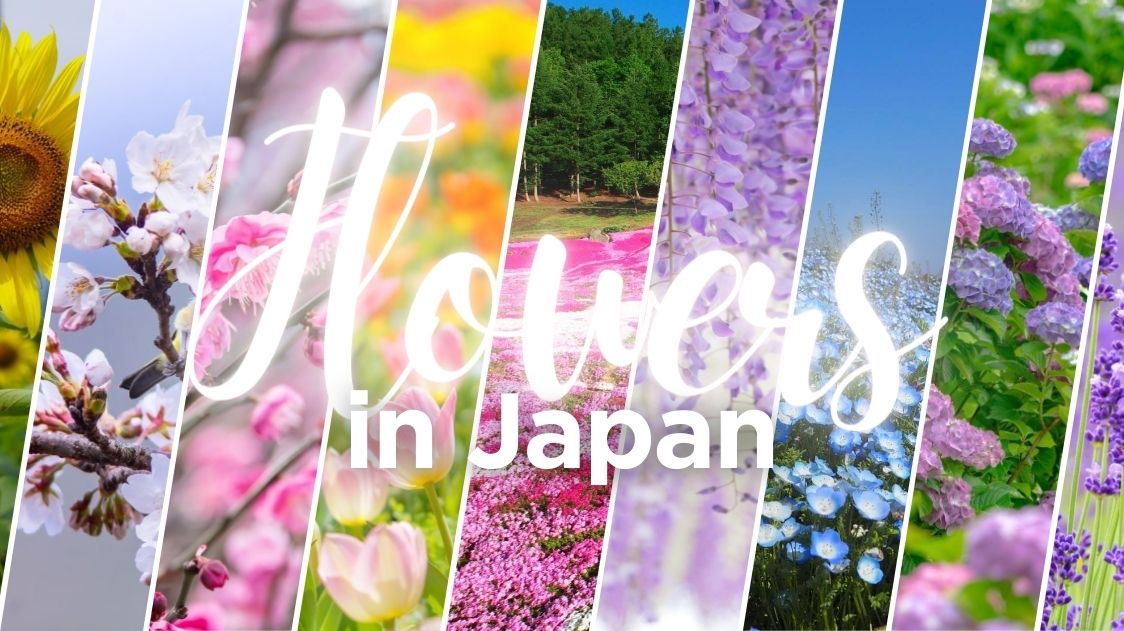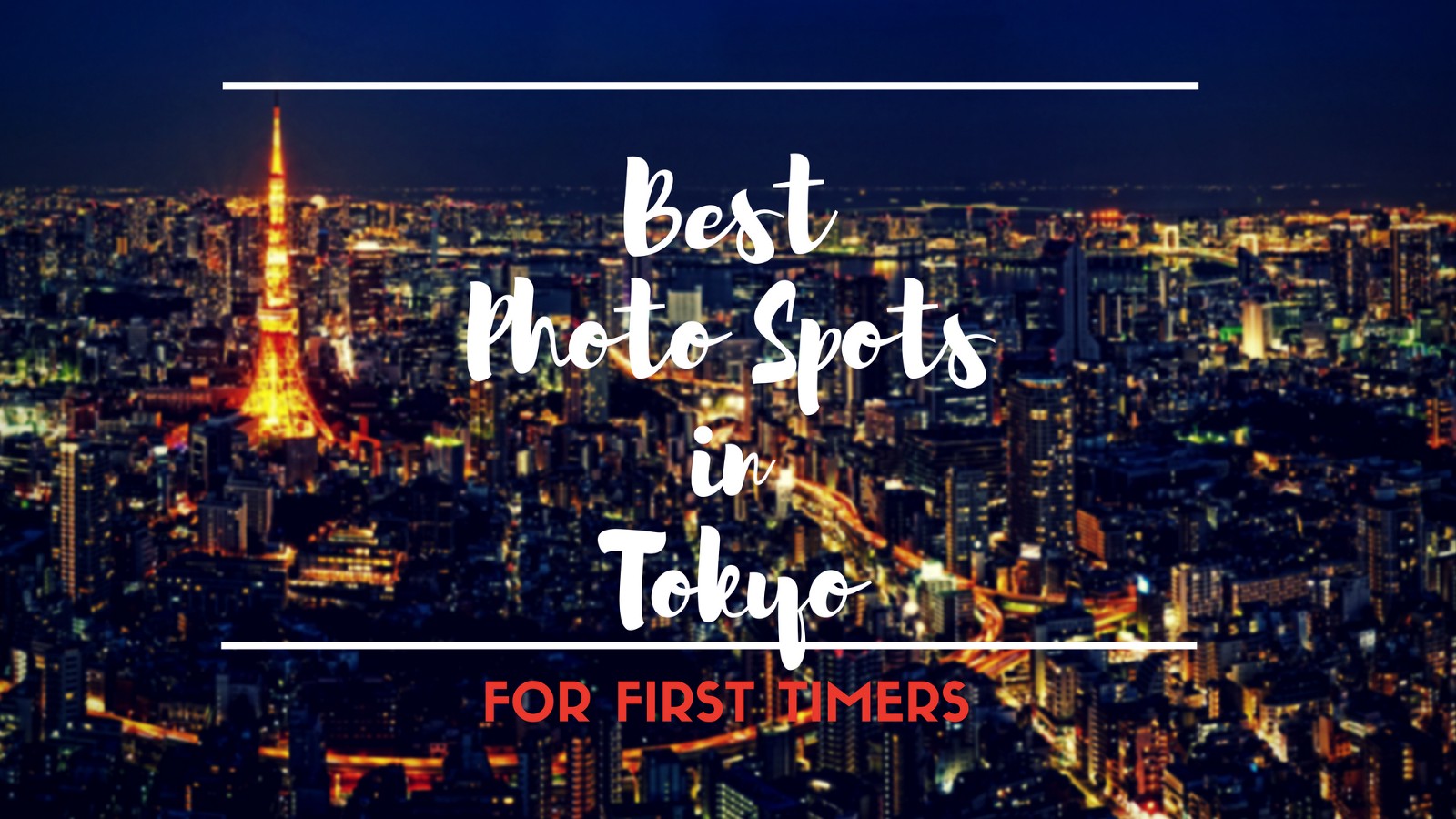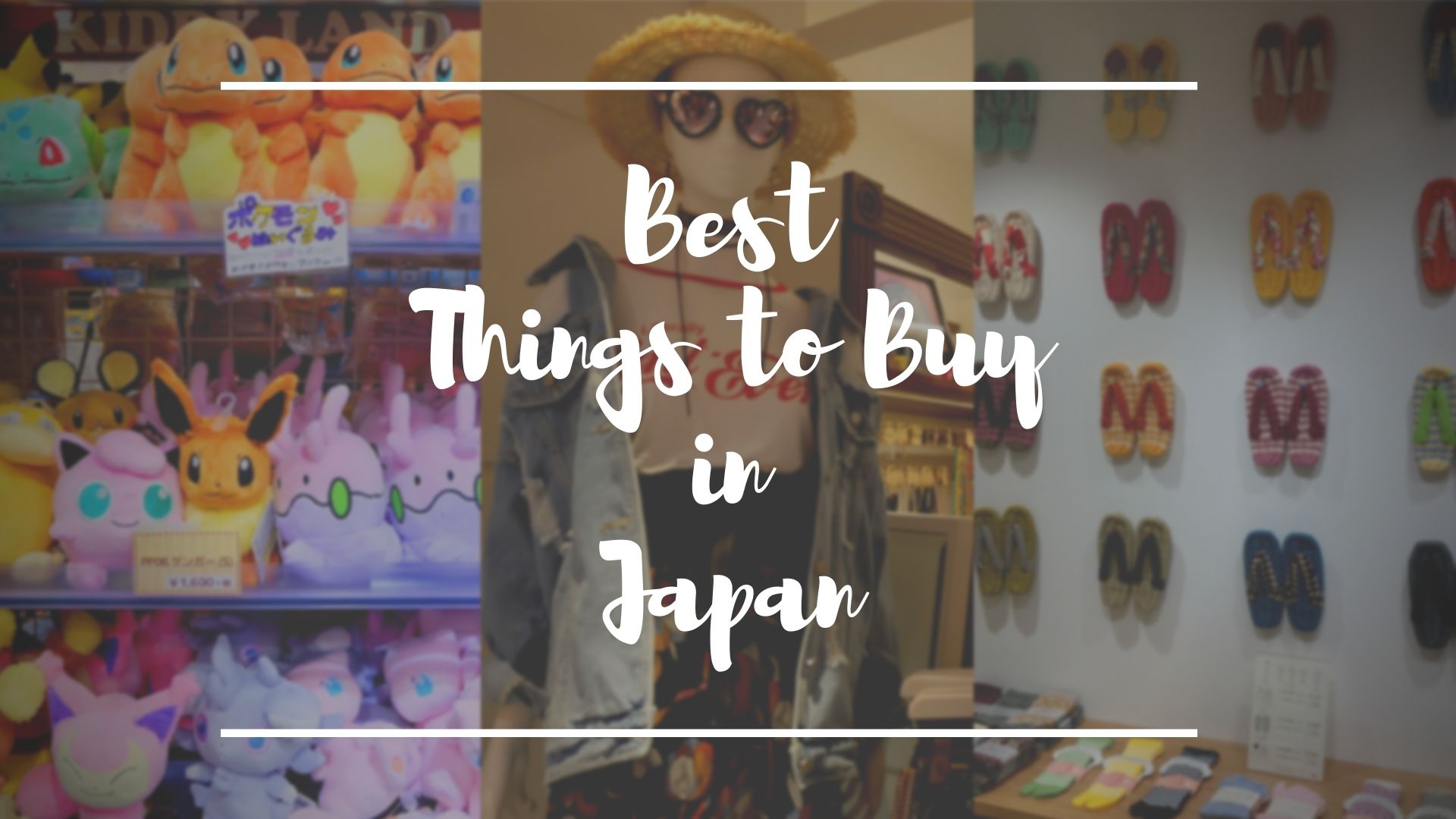Japan by Month: The Best Time to Visit Japan
Month by Month Japan Guide
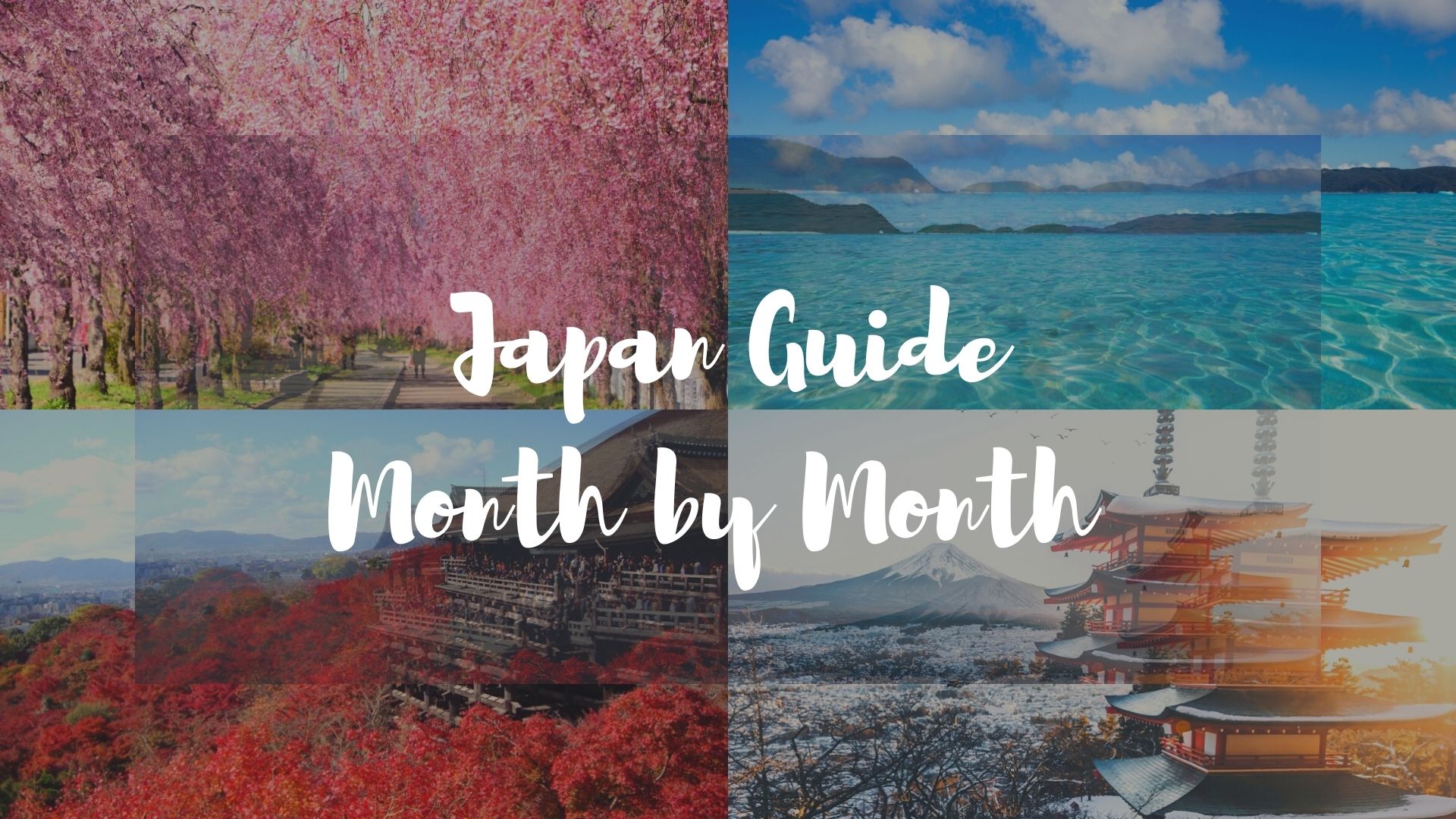
Are you wondering “When is the best time to visit Japan?” or “Which month/season should I visit Japan?”
Japan has four distinct seasons: Spring (March to May), Summer (June to August), Autumn (September to November) and Winter (December to February), and each season offers great tourist attractions such as cherry blossoms, traditional Japanese festivals, autumn leaves and snow festivals. So the best time to visit Japan is very much depending on what you want to see.
In this article, I’d like to share the best things to do in Japan in each month, so you can find out when the best time to visit Japan is for you! Check out our Month by Month Japan Guide with the best attractions in Japan in each month!
January
January is the middle of winter and the coldest month in Japan. The average temperature in Tokyo is around 8–10 ℃ high and 1–3℃ low, and it drops below minus in northern part of the country with heavy snow fall. Snow activities are the top attraction of the country including skiing and snowboarding at popular snow resorts in Hokkaido and Nagano. The unique sight like the Snow Monkeys of Jigokudani Monkey Park attracts a lot of visitors this month.
January is also an important month in Japan as the 1st January is a New Years Day and the period of New Years Holiday from the end of December to the beginning of January when families gather, people visit shrines for Hatsumode and enjoy the festive atmosphere. During the New Years Holiday period, some of shops and restaurants might be closed.
The new year sales are also a big event if you love shopping, which usually take places from 1–3 January with massive discounts.
Check out the best things to do and top attractions in Tokyo and Japan for this month:
▶ Best Things to Do in Tokyo in January
▶ Best Things to Do in Japan in January
February
The weather stays cold and dry in February, and it’s the best season for snow activities, and some of spectacular snow festivals (Yuki Matsuri) are held in this month including the famous Sapporo Snow Festival in Hokkaido and Kamakura Snow Festival in Yokote City, Akita. Skiers and snowboarders may enjoy the best quality of the powder snow in February.
The season of Japanese strawberries also starts in January/February, and there are numbers of hotels holding strawberry dessert buffets and afternoonteas, which is a must-visit event for sweets lovers! Strawberry picking is also available many greenhouse farms in Japan.
It’s the end of Japanese winter, and you may enjoy some hints of spring in February such as early cherry blossoms at Kawazu Cherry Blossom Festival and plum blossoms at Suzuka Forest Garden and Inabe Plum Grove.
Check out the best things to do and top attractions in Tokyo and Japan for this month:
▶ Best Things to Do in Tokyo in February
▶ Best Things to Do in Japan in February
March
March welcomes Japanese spring. In the beginning of the month, it’s still chilly but the temperatures warm up gradually. From mid to late March is one of the busiest periods in Japan for tourism as the cherry blossoms season starts by late March and continues for about 1–2 weeks till early April. Therefore, flight and hotel prices could be more pricey than other months.
Popular cherry blossom viewing spots in Tokyo, Kyoto and Mt Fuji are extremely busy, yet cherry blossoms are simply the best scenery to see in Japan. Along with beautiful blossoms, there are cherry blossom festivals (Sakura Matsuri) held with food vendors and special events. Along with the blooming flowers, cherry blossom themed merchandise, food and events are available in cities across the country.
Although it’s the beginning of spring, it’s still cold in the north and mountains in Japan, and most of ski resorts are open till end of March.
Check out the best things to do and top attractions in Tokyo and Japan for this month:
▶ Best Things to Do in Tokyo in March
▶ Best Things to Do in Japan in March
April
April is warm, crisp and sunny, it’s simply the perfect month to go out in Japan. There are some windy days and the temperatures may still drop down at night, so make sure to have warm jackets especially if you are going out for cherry blossom viewing at night.
Starting from mid March, the peak tourism period continues until the beginning of April, and popular cities like Tokyo and Kyoto may get very crowded. The beautiful sights of cherry blossoms can be enjoyed during day and night. For those who miss the cherry blossoms in Tokyo or Kyoto, there are still chances to see them in the northern part of Japan. In Hokkaido, the best viewing time of cherry blossoms is usually late April to early May.
Not only cherry blossoms but also various colourful flowers start blooming in April, and there are several spectacular flower festivals such as including tulip, azalea, nemophila and wisteria.
In the southern tropical islands, Okinawa’s beach season starts from this month ahead of most part of the country.
Check out the best things to do and top attractions in Tokyo and Japan for this month:
▶ Best Things to Do in Tokyo in April
▶ Best Things to Do in Japan in April
May
May is another great month to travel Japan with warm and sunny weather. Spring flowers and fresh greens spread across the country and some of popular flower festivals are held such Fuji Shibazakura Festival (Pink Moss) near Mt Fuji, Nemophila Harmony at Hitachi Seaside Park and Wisteria Festival at Ashikaga Flower Park. Late blooming cherry blossoms may be still captured in some places in early May.
It’s the great season for outdoor activities such as hiking and mountains. Tateyama Kurobe Alpine Route, the scenic mountain route is open from mid April, and the spectacular snow wall “Yuki no Otani” can be seen till the end of May before it melts.
May is the season for Matcha (green tea) products. Taking over the strawberries, Matcha dessert buffets and afternoon teas are held at several hotels from May to July where you can taste the great quality Matcha desserts endlessly!
From the end of April to the beginning of May is the Golden Week in Japan, the long holiday week that most of Japanese people are off and everywhere gets very crowded as well as the price of the hotels and flights are fully booked or more pricey than usual.
Check out the best things to do and top attractions in Tokyo and Japan for this month:
▶ Best Things to Do in Tokyo in May
▶ Best Things to Do in Japan in May
June
June is the beginning of summer/the rainy season (Tsuyu in Japanese) in Japan. It’s nice and warm, but gets humid and wet from the mid of the month through the beginning of July. It’s kind of low season for tourism, so it’s a great month travel for those who wish to avoid crowds and save some money on flight tickets and hotels.
The main attraction in June is hydrangea flowers, which is a symbol of the rainy season. Kamakura City is especially famous for hydrangea, and there are several amazing viewing spots.
Even if it’s raining, there are numbers of ways to enjoy in Japan. Various kinds of indoor activities are available in Japan such as museums, indoor amusement parks, shopping malls, indoor Onsen spa and more.
Two of the best travel destinations in Japan in June is Hokkaido and Okinawa. There is no rainy season in the northernmost land of Japan, Hokkaido, therefore the cool, dry and comfortable weather can be enjoyed there while the rest part of Japan are wet and humid. Okinawa do have the rainy season, but it’s usually a month ahead of the rest parts of Japan, so the rainy season ends around the beginning of June then it’s mostly sunny and hot, and the perfect beach season there!
Check out the best things to do and top attractions in Tokyo and Japan for this month:
▶ Best Things to Do in Tokyo in June
▶ Best Things to Do in Japan in June
July
The rainy season usually continues until the beginning of July, but once it’s over, the hot and festive Japanese summer begins.
Japanese beach season officially kicks off in July with beach huts offering food, drinks and rental facilities. When you hit the beach, don’t forget to protect your skin from the strong UV rays with Japanese sunscreens!
There are numbers of summer festivals and fireworks festivals held in July and August including Tokyo Sumida River Fireworks Festival and Kyoto Gion Matsuri. The biggest music festival, Fuji Rock Festival is held over the last weekend of July, featuring the world’s greatest artists every year.
The official climbing season of Mt Fuji starts on 1st July, attracting hundreds of thousand climbers during the season. Kamikochi in Nagano is also the popular place to hike during summer.
Places like beaches, amusement parks, swimming pools, and amusement facilities get very crowded as school holidays start in mid July. The prices of hotels and beach resorts may go up from then till the end of August like many other countries.
Check out the best things to do and top attractions in Tokyo and Japan for this month:
▶ Best Things to Do in Tokyo in July
▶ Best Things to Do in Japan in July
August
August is the hottest month of the year, and the temperature in Tokyo could easily go over 30℃ high and very humid. Some days get really hot, which is not suitable for outdoor activities and sightseeing, causing a risk of heatstroke, but you can have cool and comfortable day-outs in some of indoor spots such as aquariums, indoor amusement parks and museums. There are also a variety of nighttime activities that you can enjoy after the sun goes down such as bar-hopping, observatories, nighttime pools and beer gardens. And make sure to keep hydrated, and beat the extreme heat with the delicious and cool treats such as ice cream, shaved ice and bubble tea!
The festive summer continues with a number of traditional festivals and fireworks festival held across the country such as Nebuta Matsuri Festival in Aomori and Awa Odori Festival in Tokushima. Another biggest music festival, Summer Sonic is held in mid August in Tokyo and Osaka.
As the school holiday continues, it’s one of the busiest time of the year for tourism. Also it’s Obon Holiday (5–7 days) in mid August which is the period to commemorates and remembers deceased ancestors. People usually head to their home town to spend time with their families, or travel domestically or abroad. Therefore, transportation and roads get extremely busy as well as the accommodation price go up and rooms tend to be full.
Check out the best things to do and top attractions in Tokyo and Japan for this month:
▶ Best Things to Do in Tokyo in August
▶ Best Things to Do in Japan in August
September
September is the end of summer/beginning of autumn. It’s a great month to enjoy the taste of both seasons. In Hokkaido, autumn leaves starts from September while you can still enjoy the summer heat and beaches in Okinawan islands.
As the holiday season ends, September is a much quieter month than previous months. The extremely hot summer starts cooling down gradually, however, several number of typhoons pass through the country, which may cause some disasters and affects transportation massively during a trip.
Numbers of fun events are held in this month in Osaka including the traditional Kishiwada Danjiri Matsuri and Halloween events including Universal Studios Japan and Disneyland.
Not as big as Golden Week, but there is another a string of consecutive holidays in mid-late September, which may cause some crowds, high occupancy of accommodations and heavy traffic.
Check out the best things to do and top attractions in Tokyo and Japan for this month:
▶ Best Things to Do in Tokyo in September
▶ Best Things to Do in Japan in September
October
In October, the weather is warm and dry, making it one of the most pleasant and comfortable months to travel Japan. As the temperature is dropping down slowly, the trees are turning into warm colours. The autumn leaves season starts from mid October from the northern part and the mountain areas, then slowly spreads down to the south.
There are a lot of events held across Japan in October. Besides autumn leaves, there are also some flower/nature festivals in Japan such as Kochia Carnival at Hitachi Seaside Park and Sengokuhara Pampas Grass Festival in Hakone. As autumn is often described as the season of appetite in Japan, many food events are also held across the country.
The biggest event of October in Japan today is Halloween which has become notoriously big and wild in the past years. There are numbers of Halloween events held across the country during the season.
Check out the best things to do and top attractions in Tokyo and Japan for this month:
▶ Best Things to Do in Tokyo in October
▶ Best Things to Do in Japan in October
November
As it’s close to the end of autumn, the temperatures drops down slowly, yet it’s still pretty comfortable to go out in most part of Japan. November is the best month to enjoy autumn leaves as the whole country slowly turn into warm red, yellow and orange colours. In shrines, temples, gardens and mountains, the spectacular autumn leaves scenery can be enjoyed at most part of the country.
Kyoto is of course the first destination for coloured leaves viewing. The collaboration of the coloured leaves and historic buildings is simply breathtaking. Along with cherry blossoms, it’s the busiest time for sightseeing in Kyoto. However, unlike cherry blossoms, the best viewing time of autumn leaves are much longer so the places tend not to be extremely packed.
One of the biggest attractions during winter, winter illuminations start at many locations in Japan in November including Nabana no Sato in Mie and Huis Ten Bosch in Nagasaki.
Check out the best things to do and top attractions in Tokyo and Japan for this month:
▶ Best Things to Do in Tokyo in November
▶ Best Things to Do in Japan in November
December
Winter arrives in most areas in Japan in December. Snowfall begins in the northern part and mountain areas in Japan, and the official season for skiing and snowboarding starts in those areas.
As the temperatures drop down, it’s the perfect time to enjoy Onsen baths and warm up with traditional hot pot dishes.
It’s the most festive season of the year. Tokyo is decorated with Christmas lights and decorations, and winter illumination events are held at numbers of spots including Shibuya Blue Cave and Roppongi as well as Christmas markets.
New Years Holiday from end of December (around 29–30 December) to the beginning of January (3–5 January). During this period, hotels tend to be fully booked and have higher room rates, and the public transportation gets busy. In addition, some of facilities and tourist attractions (museums, amusement parks, parks, etc) may be closed.
On 31 December to 1 January, there are several countdown events held in Japan including Universal Countdown Party at Universal Studios Japan and countdown cruise at Tokyo Bay.
Check out the best things to do and top attractions in Tokyo and Japan for this month:
▶ Best Things to Do in Tokyo in December
▶ Best Things to Do in Japan in December
-When is the busiest time to travel in Japan?
Japan has been one of the most popular travel destinations in recent years, therefore popular tourist sites are always crowded nowadays. However, there are certain period of the year when places get extremely busy and even hard to book hotels. I have listed below some of the busiest time to travel in Japan in case you wish to avoid crowds.
-New Years Holiday (1 week from end of December to early January)
-Cherry Blossom Season (around 2 weeks from late March to early April)
-Golden Week (around 1 week from late April to early May)
-Obon Holiday (5–7 days in mid August)
-Silver Week (around 5 days in mid September)
Related article ▶ Japanese National Holidays
-Should I Visit Japan in Spring or Autumn?
Spring’s cherry blossoms and autumn’s colouful foliage are two top seasonal attractions in Japan, drawing attentions of tourists from all over the world. Both offer mild weather to travel comfortably unlike the extremes of Winter and Summer. Besides cherry blossoms and autumn foliage, there are also seasonal attractions in each season such as festivals, events and food.
To find out which season is for you, check out our comparison of spring and autumn here:
Thank you very much for reading! I hope this Month by Month Japan Guide could help you out with planning a trip to Japan!
Check out our Japan travel guide by season:
▶ 10 Best Things to Do in Japan in Spring
▶ 10 Best Things to Do in Japan in Summer
▶ 10 Best Things to Do in Japan in Autumn
▶ 10 Best Things to Do in Japan in Winter
Learn about climates in Japan and what to wear while travelling:
▷ What to Wear in Japan in Spring
▷ What to Wear in Japan in Summer
▷ What to Wear in Japan in Autumn
▷ What to Wear in Japan in Winter
For more information about travelling in Japan, here are some more useful articles to check out 🙂
▽Related Articles▽
▼Editor’s Picks▼
Written by
"The world is my oyster" A globetrotter 🌎 and hammock lover 🌞 who loves taking adventures to fuel wanderlust. Born and raised in Japan, I have lived and explored countries around the world. As a resident of Japan and based on my travel experience, I'd love to share my knowledge and tips for travelling Japan with my readers. I hope my story will help you plan your trip and have a great time in Japan 🌈





